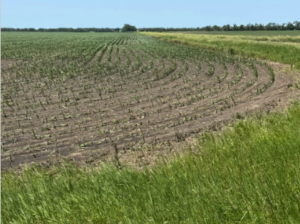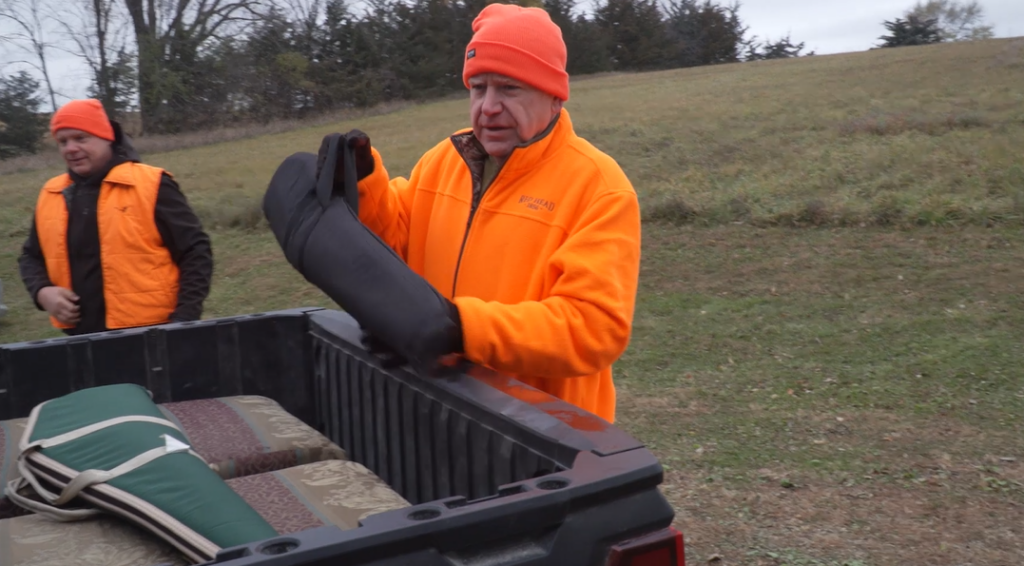June storm crop losses in North Dakota total over $24 million as weather events keep adding up

FARGO, N.D. (KFGO/KVRR) — From June 19-22, a tornado outbreak paired with derecho conditions struck the northern United States and southern Canada, including a deadly tornado near Enderlin in southeastern North Dakota.
NDSU Extension staff began gathering damage reports shortly after the storms passed. An online portal was activated for producers and landowners to self-report crop, livestock, grain storage, equipment, building, and infrastructure damages.
Associate Professor Miranda Meehan, livestock environmental stewardship specialist and disaster education coordinator for NDSU Extension, said that in terms of crop damages, “just over 400,000 acres were damaged, at an estimated loss of more than $24 million.”
“The greatest damage was to soybeans — almost 200,000 acres and a loss of $13.5 million,” she said. “That’s followed by corn at 138,000 acres and $4.5 million. Dry beans — fewer acres, almost 21,000 acres — but valued at just over $5 million. So, huge losses on the crop side due to the storm.”
Meehan said some corn recovered fairly well due to timing, “but there’s still going to be some losses depending on what part of the storm you were in.”
For livestock losses, she said 92 individuals reported storm impacts on livestock facilities, with a smaller number reporting livestock fatalities.
“Fences were a lot of the damage, with trees going down on those fences,” Meehan said. “Twenty-two individuals reported livestock mortalities: 72 head of cattle, three sheep, 40 goats and 800 pheasants.”
Livestock owners in storm-damaged areas are encouraged to continue monitoring animal health in the wake of the storms, as undiscovered storm debris may still pose a threat in pastures.
If producers or landowners have suffered losses from other severe weather since the June event, Meehan encourages them to share their damage information with Extension.
Data is shared at a county level, not individually, so individual responses are protected. Working with partners such as the USDA Farm Service Agency, emergency managers and the governor’s office, officials are using the NDSU assessment data to align existing federal assistance programs and pinpoint gaps for state-level support.






